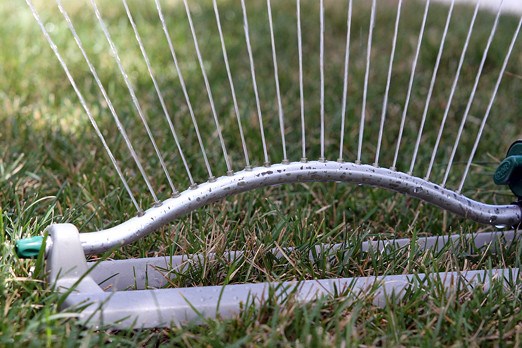The city has quietly, but firmly, walked away from water restrictions for the past three summers.
Darrell Matson, the city’s manager of infrastructure operation, says despite growing amount of water being pumped out of the Bare Point water treatment facility, restrictions are no longer necessary and haven’t been since 2009, the last time administration enacted them.
“The water restrictions are totally dependent on the performance of the plant and the conditions that exist in the city of Thunder Bay in terms of consumption,” Matson said in a Wednesday interview.
“What we mean by that is if we have an extremely dry summer with very little precipitation and the demands of the new Bare Point facility exceed our production capability, then administration through the bylaw of council has the authority to implement some form of broad restrictions through the entire community.”
A rainy summer has ensured water levels are up, but that doesn’t mean things can’t change, Matson added.
“If precipitation decreases, demand for water increases, we will re-evaluate or valuate those particular issues on a weekly or daily basis,” he said.
“Year over the year the demand for water is up ever so slightly. Over the last year water demand is probably 1.5 to two megalitres per day higher, which is really not that much.”
Still, without the water restrictions in place, Matson urged the public to continue conservation efforts.
It’s a message he thinks most consumers understand.
“We have communications with EcoSuperior on a regular basis, the firm we used for water conservation in the city. We’ve had conservation in the community for probably 14 or 15 years, so the messaging is there, not only the how tos, but the whys.
“We can certainly see from a residential household consumption, that they have dropped over time, which we believe is directly related to conservation in the city of Thunder Bay.”
EcoSuperior’s executive director Ellen Mortfield said her organization spent about a dozen years preaching conservation, but the emphasis has now gradually switched to storm water and trying to prevent as much of it entering the sewer system.
Ideally through smart landscaping, rainwater storage and well-planned drainage, property owners both commercial and residential should be able to retain a significant amount of rainfall without sending it down the storm sewers,” Mortfield said.
And it could be less costly for homeowners too.
“Many municipalities are beginning to institute additional sewage surcharges based on the amount of impervious surface on each lot.”
